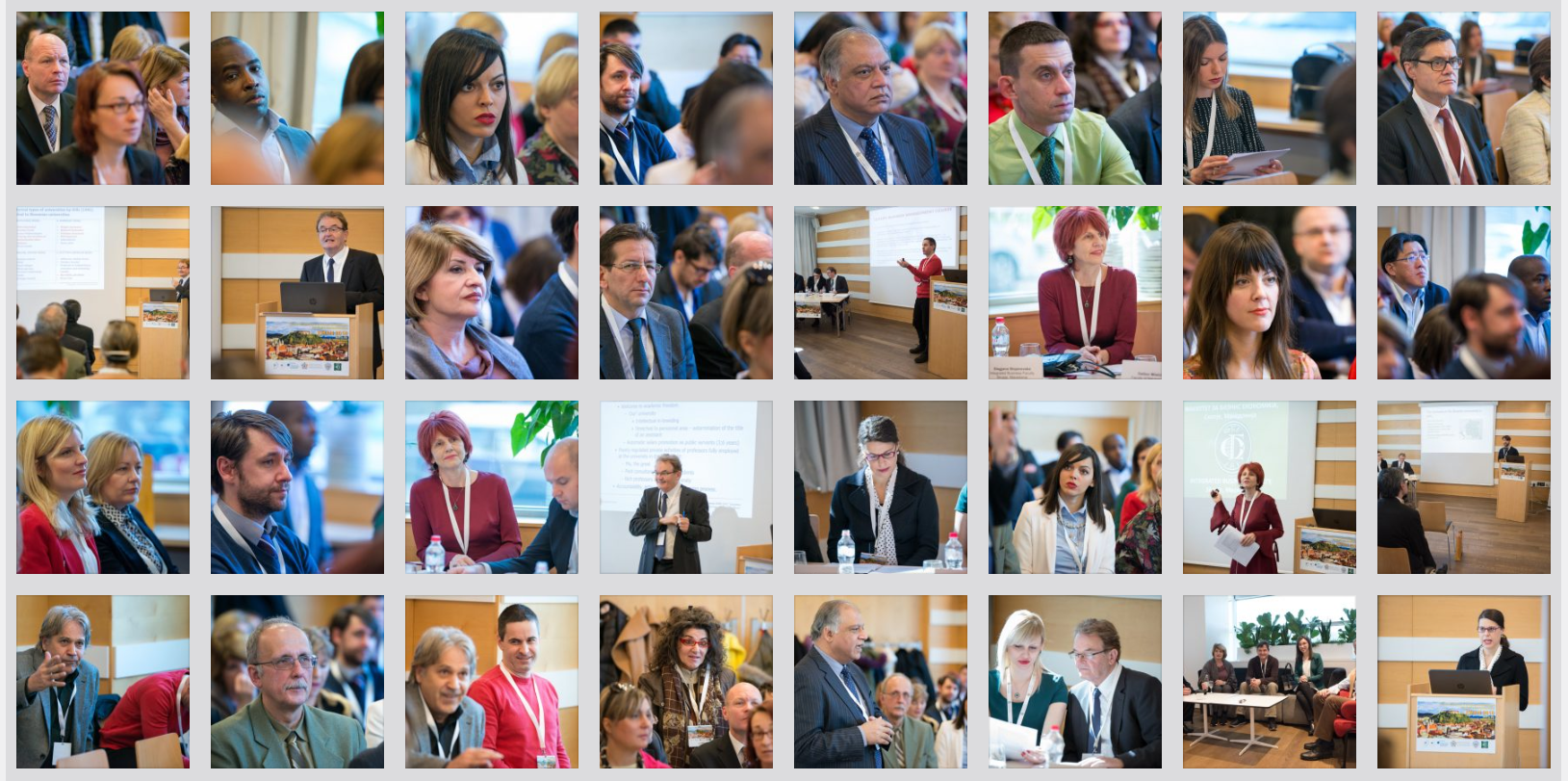Ermira Jashiku – “Fan S. Noli” University, Faculty of Education and Philology, Department of History and Geography, “Shëtitorja Rilindasit”, 7001, Korçë, Albania
Keywords:
Natural risks;
Albania;
Public perception
Abstract: Albania is located in the south-eastern part of Europe, in the western part of the Balkan Peninsula. The geographical position and natural conditions have favoured various natural hazards. This study aims to identify natural hazards and their impact in Albania as well as their distribution and consequences according to the public perception. Using the GoogleForms platform, was created a questionnaire which was completed by 364 people. Through their analysis, it was concluded that the public in general knows the natural hazards that affect Albania and the area of their spread, they have also determined the possibility of occurrence of hazards according to the regions of Albania. The respondents have identified that they do not have information on risk management and would like to be trained for it. The study of natural hazards would influence the design of policies for their management for sustainable development.

Download full paper

8th International Scientific Conference – EMAN 2024 – Economics and Management: How to Cope With Disrupted Times, Rome, Italy, March 21, 2024, CONFERENCE PROCEEDINGS, published by: Association of Economists and Managers of the Balkans, Belgrade, Serbia; ISBN 978-86-80194-83-7, ISSN 2683-4510, DOI: https://doi.org/10.31410/EMAN.2024
Creative Commons Non Commercial CC BY-NC: This article is distributed under the terms of the Creative Commons Attribution-Non-Commercial 4.0 License (https://creativecommons.org/licenses/by-nc/4.0/) which permits non-commercial use, reproduction and distribution of the work without further permission.
REFERENCES
Alcántara-Ayala, I. (2002). Geomorphology, natural hazards, vulnerability and prevention of natural disasters in developing countries. Geomorphology, 47(2-4), 107-124. https://doi.org/10.1016/s0169555x(02)00083-1
Aliaj, Sh., Siasi, K., Muço, B., & Sulstarova, E. (2010). Sizmiciteti, Sizmotektonika dhe vlerësimi i rrezikut sizmik në Shqipëri. Tiranë, Albania: Kristalina, KH. (in Albanian)
Eduard, S., & Siasi, K. (1975). Katalogu i Tërmeteve të Shqipërisë.
Eftimi, R. (2010). Hydrogeological characteristics of Albania. Tirane, Albania.
Isidorov, G. C. (1955). Klima e Shqipërisë, Tiranë, Albania: Instituti i Shkencave, Drejtoria e Shërbimit Hidrometeorologjik. (in Albanian)
Jashiku, E., & Kreka, A. (2020). Rrugët tregëtare ndër shekuj dhe ndikimi i tyre në zhvillimin ekonomik të Rajonit Juglindor, Korçë: Albania, Vjetari Shkencor 6, FEF, pp 87-98 (in Albanian)
Meçaj, N. (2003). Përmbytjet në Shqipëri (1933- 2003). Tiranë, Albania: Instituti për studimin e natyrës dhe edukimit ambjental në Shqipëri. (in Albanian).
Muço, B. (1996). Tërmetet, demonët e nëntokës. Tiranë, Albania: Shtëpia botuese enciklopedike. (in Albanian)
Pano, N. (2015). Pasuritë ujore të Shqipërisë, Tiranë, Albania: Akademia e Shkencave të Shqipërisë. (in Albanian)
Qiriazi, P. (2019). Gjeografia Fizike e Shqipërisë, Tiranë, Albania: mediaprint. (in Albanian)
Sala, S., & Qiriazi, P. (2005). Përhapja e rrisqeve gjeomorfologjike në Shqipëri dhe qeverisja e tyre. Studime Gjeografike Nr. 15. Tiranë, Albania. (in Albanian)
UNDP. (2003). Disaster risk assessment in Albania, Tirana, Albania.
World Bank. (2005). Natural Disaster Hotspots A Global Risk Analysis, Disaster Risk Management Series No. 5, Washington, USA.
Xhomo, A., Kodra, A., Xhafa, Z., & Shallo, M. (2002). Gjeologjia e Shqipërisë ( Tekst shpjegues i Hartës Gjeologjike 1: 200 000. Tiranë, Albania. (in Albanian)
Zorba, P. (2007). Klimatologjia, Tiranë, Albania: ALBpaper. (in Albanian)

